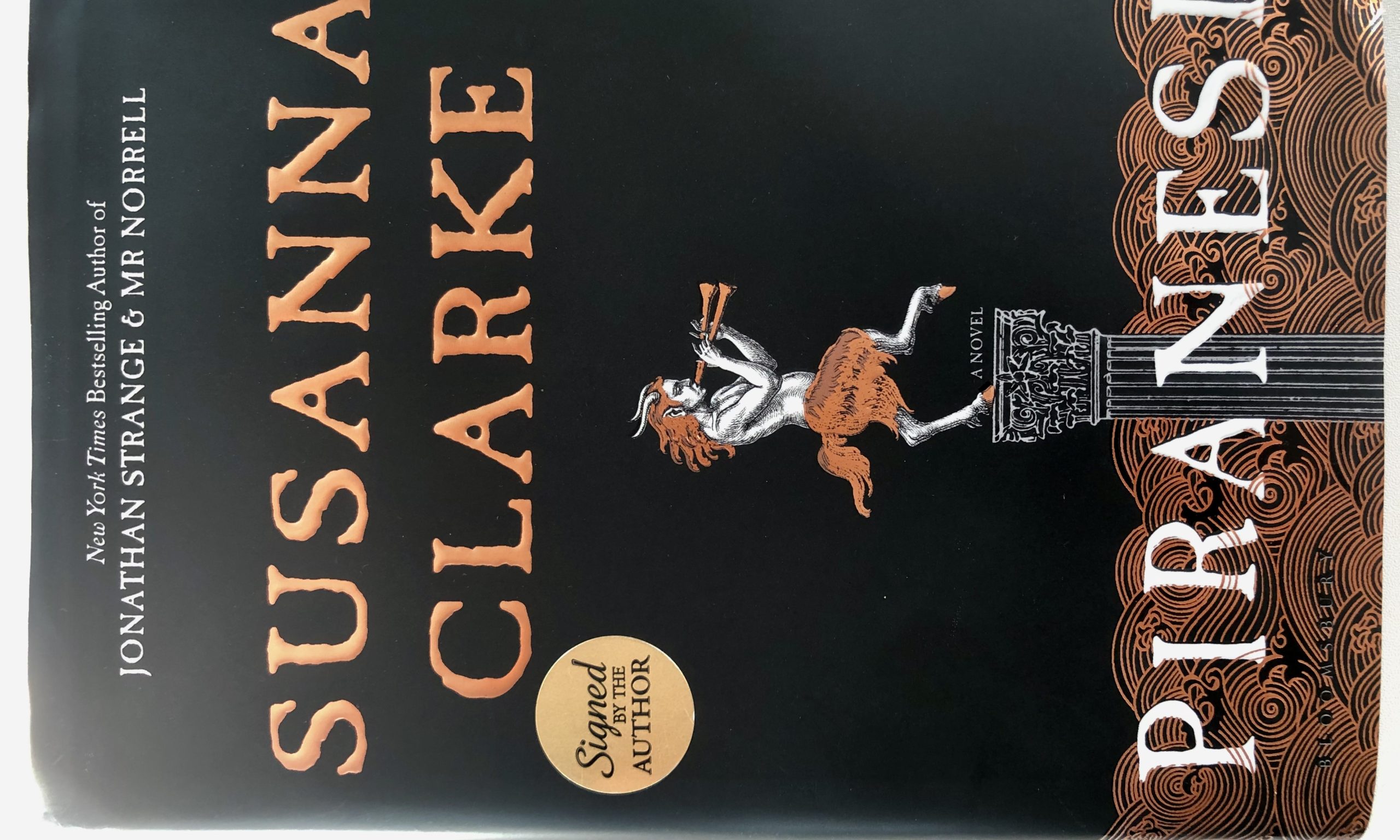Architecture students would recognize the name of Piranesi, but before getting lost in Susanna Clarke’s mesmerizing new novel, I had not remembered him from the one art history class I took nearly 30 years ago. Giovanni Battista Piranesi was an 18th century Italian printmaker and architect who drew fantastical plans for buildings that could only really exist in dreams. His name is given to the narrator of Clarke’s latest work of mind-bending magic, a naive yet meticulous journal-keeper who lives in a labyrinth of statues, hallways, and rising tides.
The novel opens in the middle of a totally disorienting story and place with the first of many journal entries. Rather than provide a recognizable entry heading such as “June 10th, Paris,” the heading reads: “When the Moon rose in the Third Northern Hall I went to the Ninth Vestibule – Entry for the First Day of the Fifth Month in the Year the Albatross Came to the South-Western Halls.” In order to make any sense of this opening to the novel, readers have no choice but to tap into their imaginations. When Piranesi explains further what the Ninth Vestibule looks like, with its “three great Staircases and walls lined with marble Statues, hundreds and hundreds of them, Tier upon Tier, rising into distant heights,” we can’t help but stop and wonder, have we ever been in such a building? Does such a building exist? Where?
The answer is no – not really – but in this book yes, most definitely, if reality is perception and magic exists. A monkish researcher who collects observations for “The Other,” a man who appears weekly to meet with Piranesi and learn what he has noted about the labyrinth, Piranesi is something between simpleton and savant, agreeably living in an infinite chamber of hallways, staircases, and statues while collecting water and fish from the ocean that rumbles through the place in regular tides. Piranesi begins to get wise when The Other produces a new pair of sneakers for him and he discovers clues such as empty potato chip bags indicating another world within the lonely, cold rooms he knows so well. I won’t spoil the book, but trust me, the mystery is mostly revealed and highly satisfying.
Beyond giving us a beautifully strange story, Clarke gives readers a lot to think about as we try to orient ourselves in an unknown place full of echoes of the world we know. Piranesi is so happy for so long in this place – is it possible that we, too, could be happy in a different world all by ourselves? Could we, like Piranesi, feel we are in good company were we to spend our days among statues and moon tides? It is endearing to think that he takes actual comfort when he looks at one of his favorites, the statue of the Woman Carrying a Beehive. Hard to imagine as it is, it really does seem like Piranesi is content and doesn’t experience loneliness or fear despite being nearly constantly alone and at risk of drowning in this world he loves and calls the House.
I have been a fan of Clarke’s since reading her debut novel about rival magicians, Dr. Strange and Mr. Norrell. As it was in the case of that really great book, the magic in Piranesi is easy to find in both Clarke’s spellbinding writing and her charmingly strange plot.

